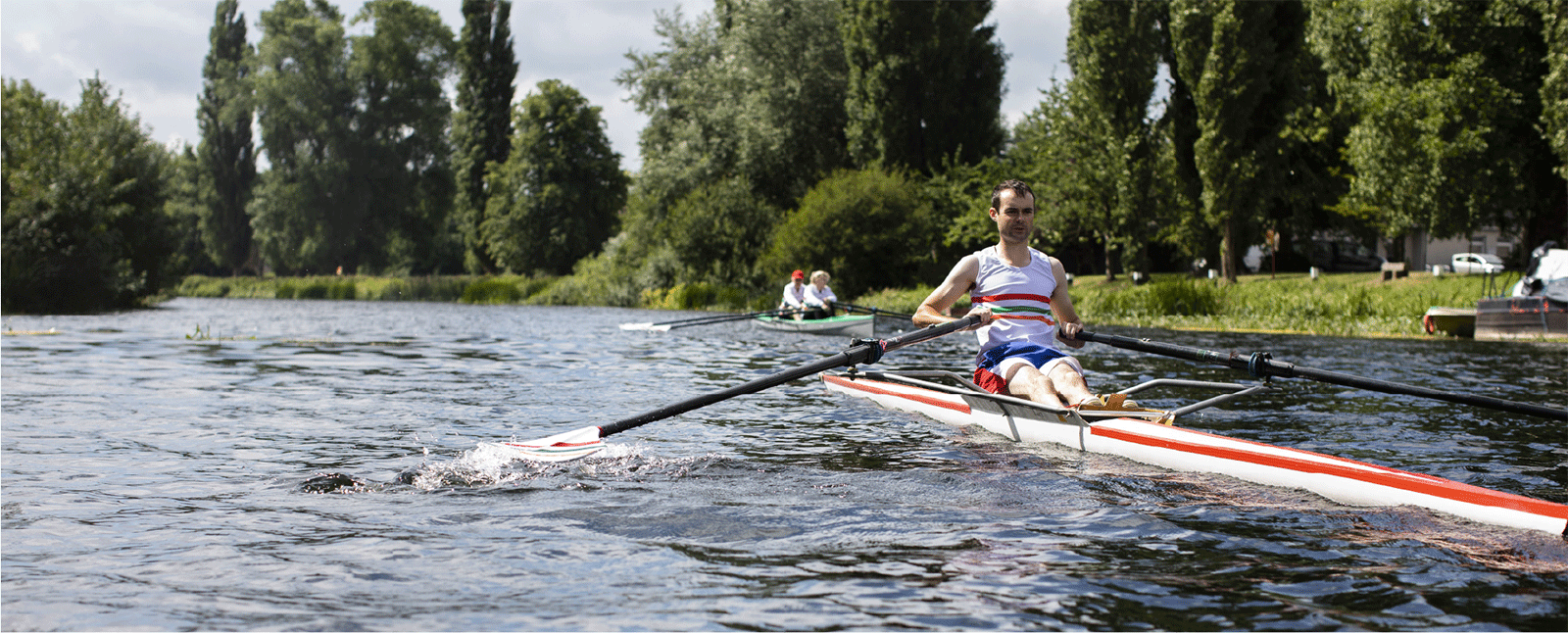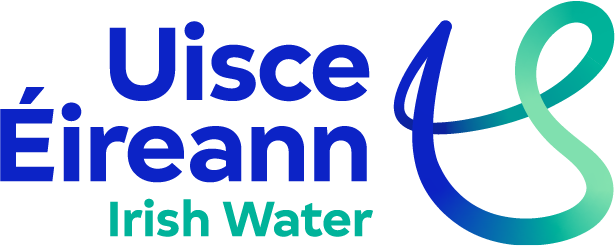Uisce Éireann is a publicly owned, regulated, commercial State body with responsibility for the operation and maintenance of water and wastewater assets.
The operating model for Uisce Éireann is set in the context of the EU Water Framework Directive (WFD). The WFD is the overarching Directive in relation to water policy in the EU.
Measure |
Definition |
Unit |
2022 |
2023 |
2024 |
||
Quality |
|||||||
Water |
Drinking water |
Boil Water Notice |
Population remaining at year end on BWN that has been in place for > 30 days |
Number remaining |
18,287 |
19,109 |
17,465* |
Schemes on EPA Remedial Action List (RAL) |
Number of schemes on live RAL |
Number remaining |
58 |
57 |
45 |
||
Lead |
Lead |
Total lead services replaced |
Number |
10,801 |
9,588 |
4,099 |
|
Wastewater |
UWWTD |
Priority areas for wastewater improvement |
Number of priority areas for wastewater improvement (starting point Q1 2017 of 148) |
Number remaining |
91 |
80 |
75 |
Untreated agglomerations |
Number of agglomerations with no treatment or preliminary treatment only |
Number remaining |
29 |
19 |
16 |
||
Conservation |
|||||||
Savings** |
National Leakage Rate |
12-month rolling average to 1st October |
% |
37 |
38 |
38 |
|
Greater Dublin Area (GDA) Leakage Rate |
12-month rolling average to 1st October |
% |
33 |
32 |
32 |
||
Non-Greater Dublin Area (GDA) Leakage Rate |
12-month rolling average to 1st October |
% |
40 |
41 |
41 |
||
Future Proofing |
|||||||
Capacity & resilience |
Wastewater treatment plants |
New and upgraded total (quantity) |
Number |
9 |
42 |
17 |
|
Water treatment plants |
New and upgraded total (quantity) |
Number |
6 |
9 |
9 |
||
Wastewater network |
Length of sewer laid new/rehabilitated (total) |
km |
102 |
122 |
63 |
||
Water network |
Length of watermain laid new/rehabilitated (total) |
km |
315 |
512 |
207 |
||
*At the end of 2024 there were 5 Boil Water Notices in place for more than 30 days. Over 72% of Boil Water Notices imposed in 2024 were rectified within 30 days.
**Previously we reflected leakage savings in ML/day of water saved, this metric has become unrepresentative of leakage activity due to the unprecedented levels of demand currently being experienced and the correlation between demand and leakage. We are now tracking leakage levels on a percentage basis, that represents the percentage of water produced that is unaccounted for. 2023 and 2024 percentages are reflective of interim leakage data pending study outcomes, detailed within the Operating review section.

Safety
Total LTIFR – employees (>1 day) #/100k hours
2020 |
0.0 |
|---|---|
2021 |
0.0 |
2022 |
0.0 |
2023 |
0.0 |
2024 |
0.0 |
What we measure
We use Lost Time Injury Frequency Rates (LTIFR) to track the number of employee accidents per 100,000 hours worked, that result in a staff member needing to take >1 day off work. There has not been an employee Lost Time Injury since 2018.
Why we measure it
Safety is one of our core values, we keep each other safe. The Work Safe Home Safe framework, focuses on managing our safety challenges through key pillars including leadership and culture, safe assets and workplaces, safe ways of working, safe delivery partners, and health and wellbeing.
Customer service
First contact resolution – metering and operations %
2020 |
79% |
|---|---|
2021 |
83% |
2022 |
72% |
2023 |
83% |
2024 |
84% |
What we measure
We review a sample of our customer contacts each month across a range of different call types. A selection of calls are surveyed independently to validate the scores.
Why we measure it
This measure tells us how often we are able to resolve a customer’s request on their first contact, without the need to get further information, escalate to the back office, create a complaint or follow up.
Sustainability
# sites with biodiversity measures implemented
2020 |
31 |
|---|---|
2021 |
53 |
2022 |
56 |
2023 |
270 |
2024 |
273 |
What we measure
This measures the number of operational sites with recorded biodiversity enhancement initiatives implemented within the year.
Why we measure it
This measure is used to advise on actions to be taken to enhance operational sites from a biodiversity perspective.
Operating efficiencies
Cumulative OPEX efficiencies €m
2020 |
182.3 |
|---|---|
2021 |
200.1 |
2022 |
207.0 |
2023 |
211.0 |
2024 |
221.1 |
What we measure
We measure operational efficiencies secured via cost saving initiatives, our supplier commercial framework agreements and through value for money reviews.
Why we measure it
We strive to meet the efficiency targets as set by the Commission for Regulation of Utilities.
Water saved
Cumulative gross leakage savings (megalitres per day)
2020 |
356 |
|---|---|
2021 |
584 |
2022 |
806 |
2023 |
1,190 |
2024 |
1,408 |
What we measure
This is a measure of the cumulative water saved as a result of our efforts in rehabilitating mains and pro-actively finding and fixing leaks.
Why we measure it
We aim to increase the effectiveness and resilience of our networks by reducing the quantity of water lost in the system.
